Running Season 2018-2019
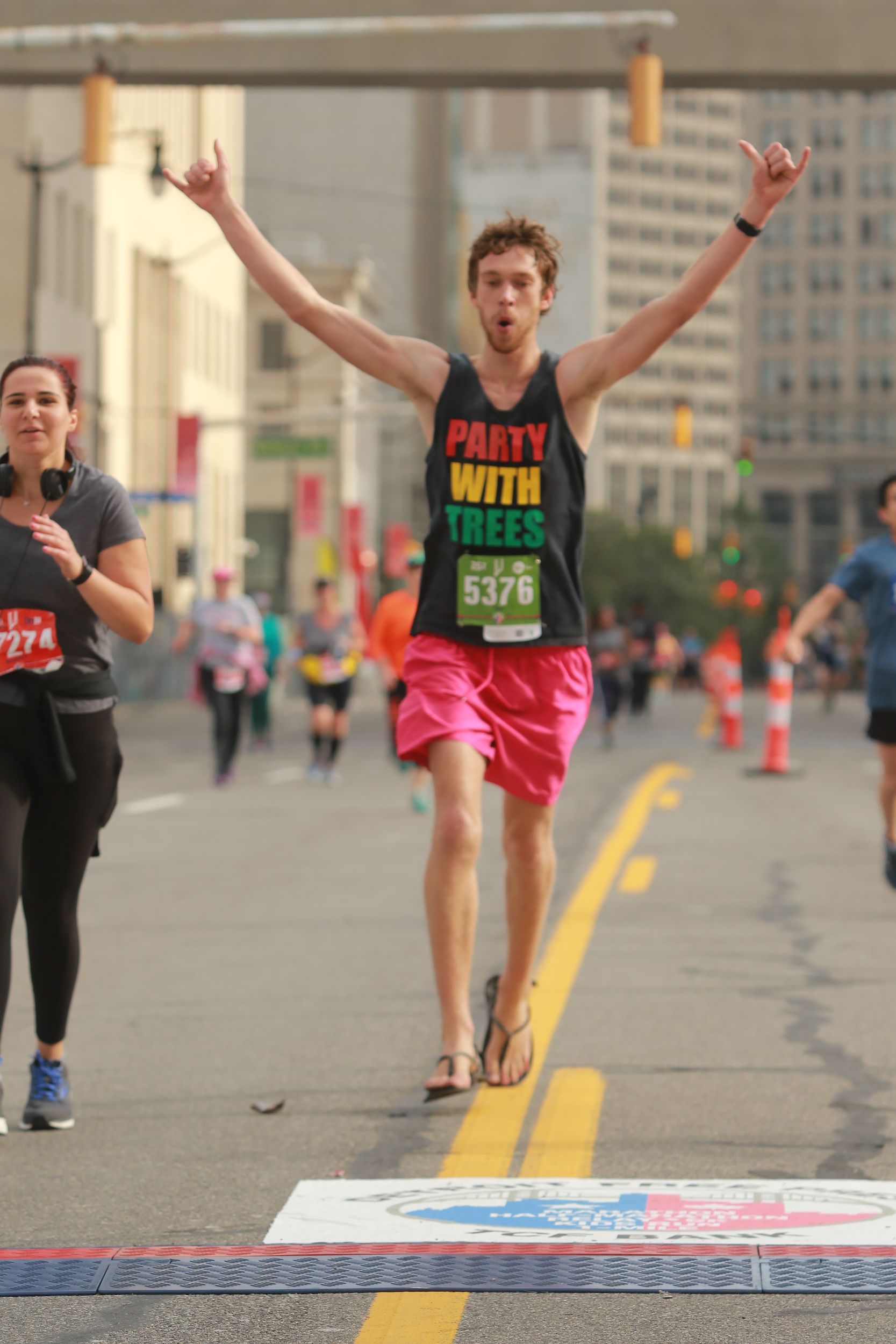
I read the book Born to Run last year while I was hundreds of miles offshore sailing. It chronicles the journey of ultra long distance runners, and their motivation for pushing themselves to the brink of human limits. The most surprising thing that I learned is that humans are the best distance runners on earth. Some theories suggest that the marathon distance was a regular undertaking for members of early nomadic societies. They posit that we would hunt animals by running them for 20 or 30 miles until they fell over from exhaustion.
The book points out that we have only been using special running shoes for the last half century. This begs the following questions:
- Why would we need Nike's, when our body is already so highly adapted to run?
- Why are so many modern runners injuring themselves, even though our biomechanics are optimized for this movement?
In high school I competed in track and cross country. I did well in my league. I posted a 4:58 mile time on the track, and usually was a top finisher in 5K races. I wore running shoes or track spikes and never had an issue with injuries. I was a heel-striker - I had a long stride and fell on my heel first. Many argue that this can cause knee problems. All the energy of impact goes directly into your knee, instead of being dampened by our natural spring system - the foot arches and calf muscles.
Last year I decided to focus on running again. I set myself a goal to run a marathon in under four hours. I would have to run 26.2 miles at an average mile pace of 9:09 or better. I wanted to do it in minimal footwear, to see if the ideas in Born to Run had any merit.
I started training without any shoes at all. It was difficult at first. I was tearing my feet up because my stride was inefficient, and I could only run a mile or two. Pain is a great indicator of sub optimal form, so I adapted quickly. The main problem was my stride: heel striking had to go. I became lighter on my feet, and started falling more towards the front. I increased my cadence, and reduced friction on the ground as much as possible. I worked up to a 12 mile run on a mountainous Northern Californian road. I had to stay on the white line to avoid singing my feet on the hot summer asphalt. I was going too slowly though. It was time to find some footwear.
Born to Run follows the indigenous Tarahumara tribe, who are known for their long distance running ability. They run in sandals called huaraches that they craft from recycled tire treads. I decided to try my hand at making a pair. The design is simple, and I thought it would be a fun project. I discovered that tire tread is difficult to work with. Instead I used the rubber from a car floor mat. Here's the result:
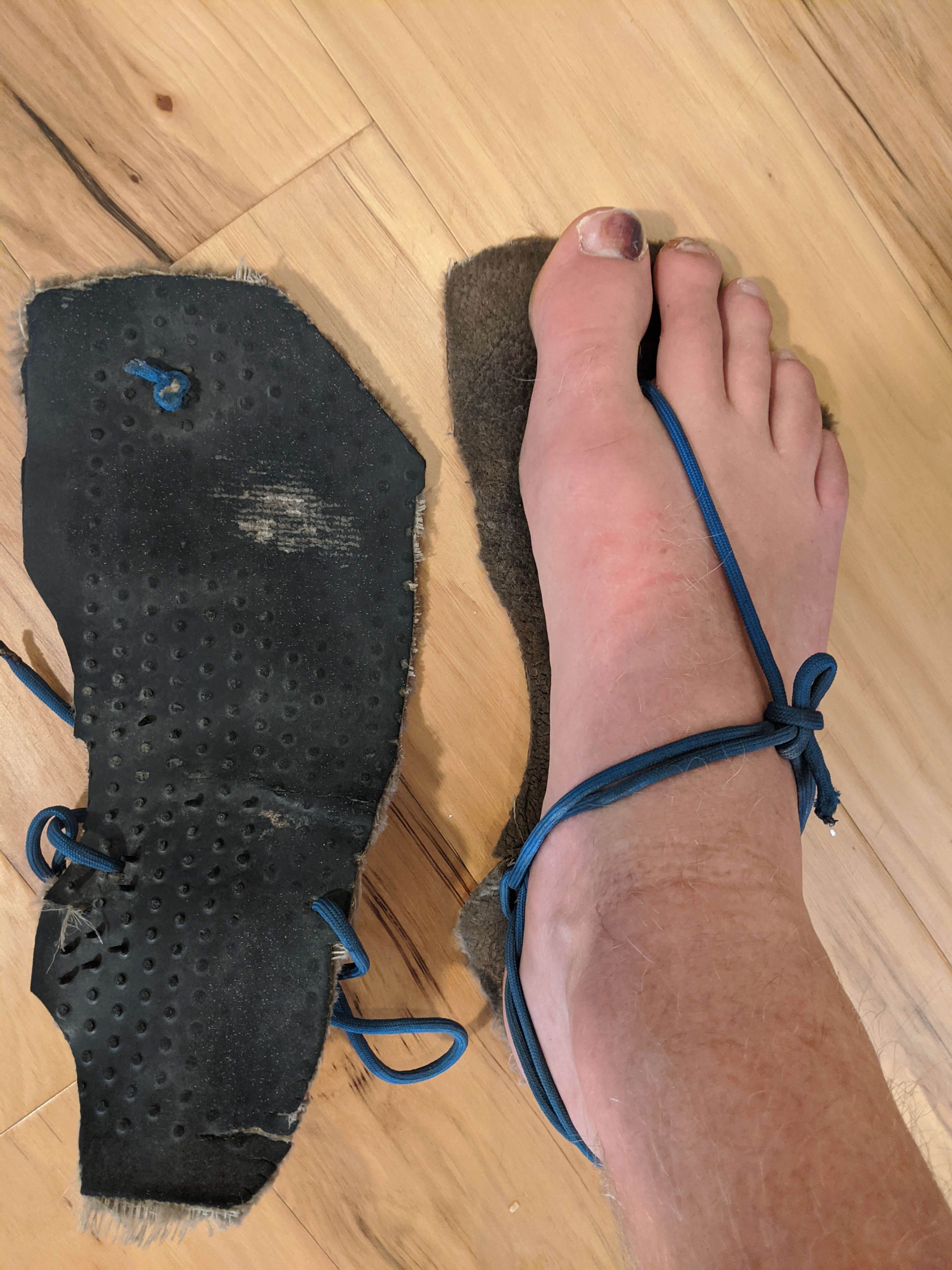
They worked well at first and I was able to put in more miles. I entered my first half marathon with them. Unfortunately one the laces fell out of its hole 6 miles into the race. I didn't mind though - I took them off, and finished the last 6 miles holding my broken sandals in my hands.
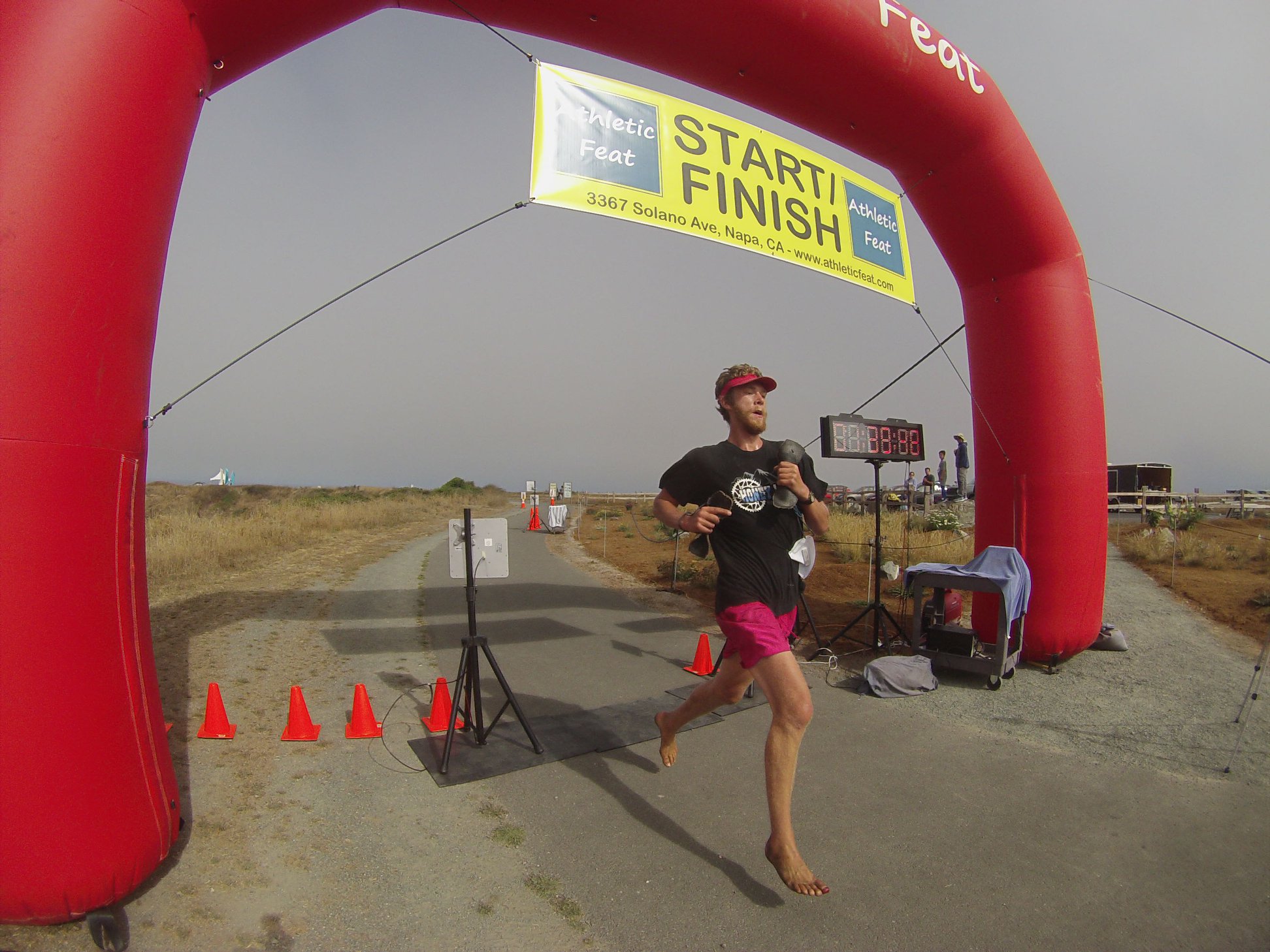
I finished in 1:49:50, which is about an 8:23 mile pace. I fixed my sandals up and ran in them a bit more, but ultimately decided that I didn't want to maintain my shoes. I bought a pair of xero shoes instead. What a difference a real shoe makes! I felt like I could fly.
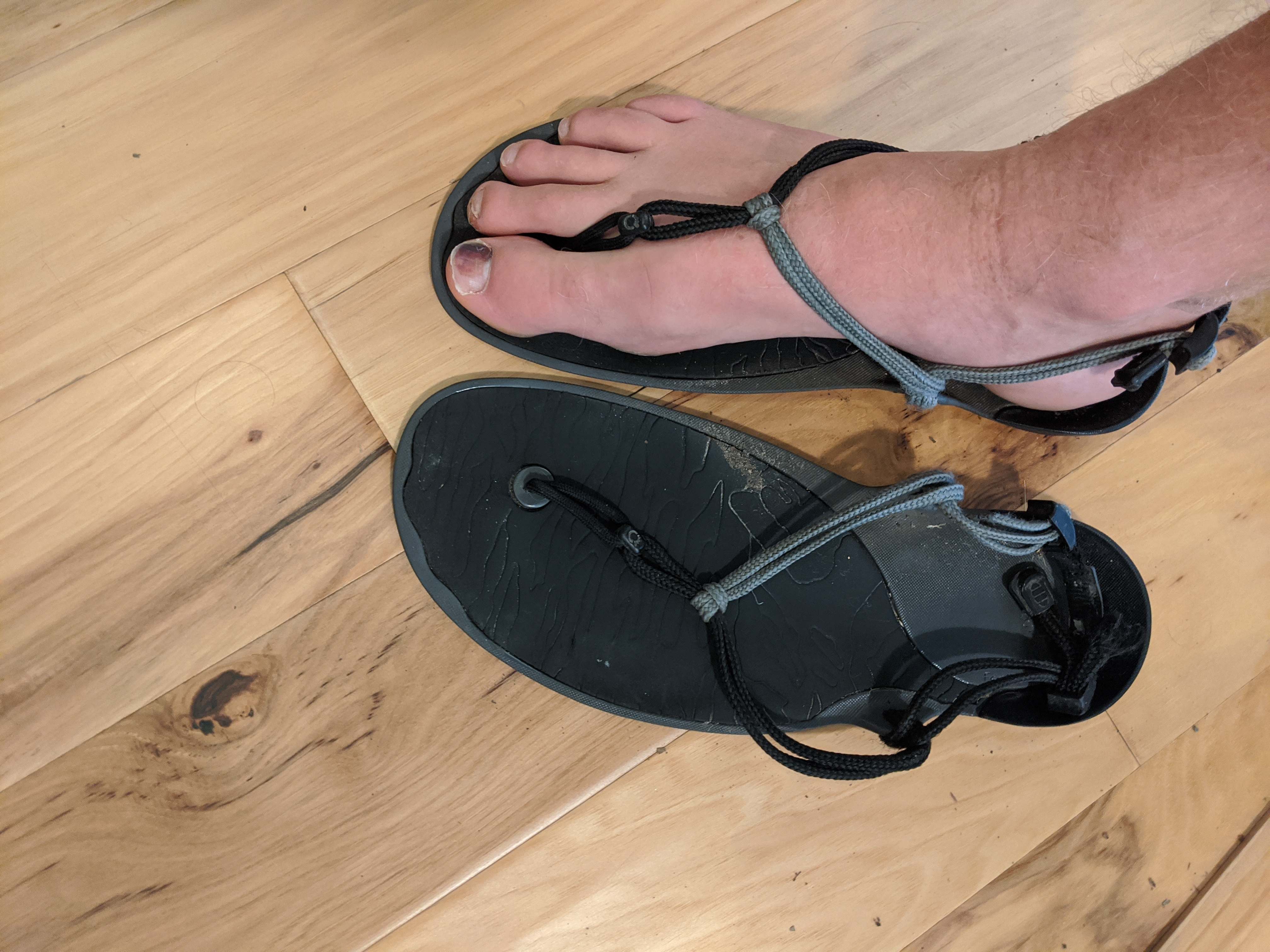
This took place around October 2018. I signed up for the Detroit marathon, which would happen one year from then.
Once the spring came around, I started to get more serious about training. I was entering races in Des Moines almost every weekend. I had a great time making friends with the local runners, and I loved the friendly competition. I ran mostly in my sandals, but I still made sure to train barefoot once or twice a week. I think it's a great way to keep my form in check. I tried entering a few races barefoot because I wanted to see what would happen to my times. I surprised my self by setting personal bests on both my barefoot races: a 40:46 10k, and a 18:50 3 mile. I got pretty bad toe blisters during those races however. I was not properly trained for that pace barefoot.
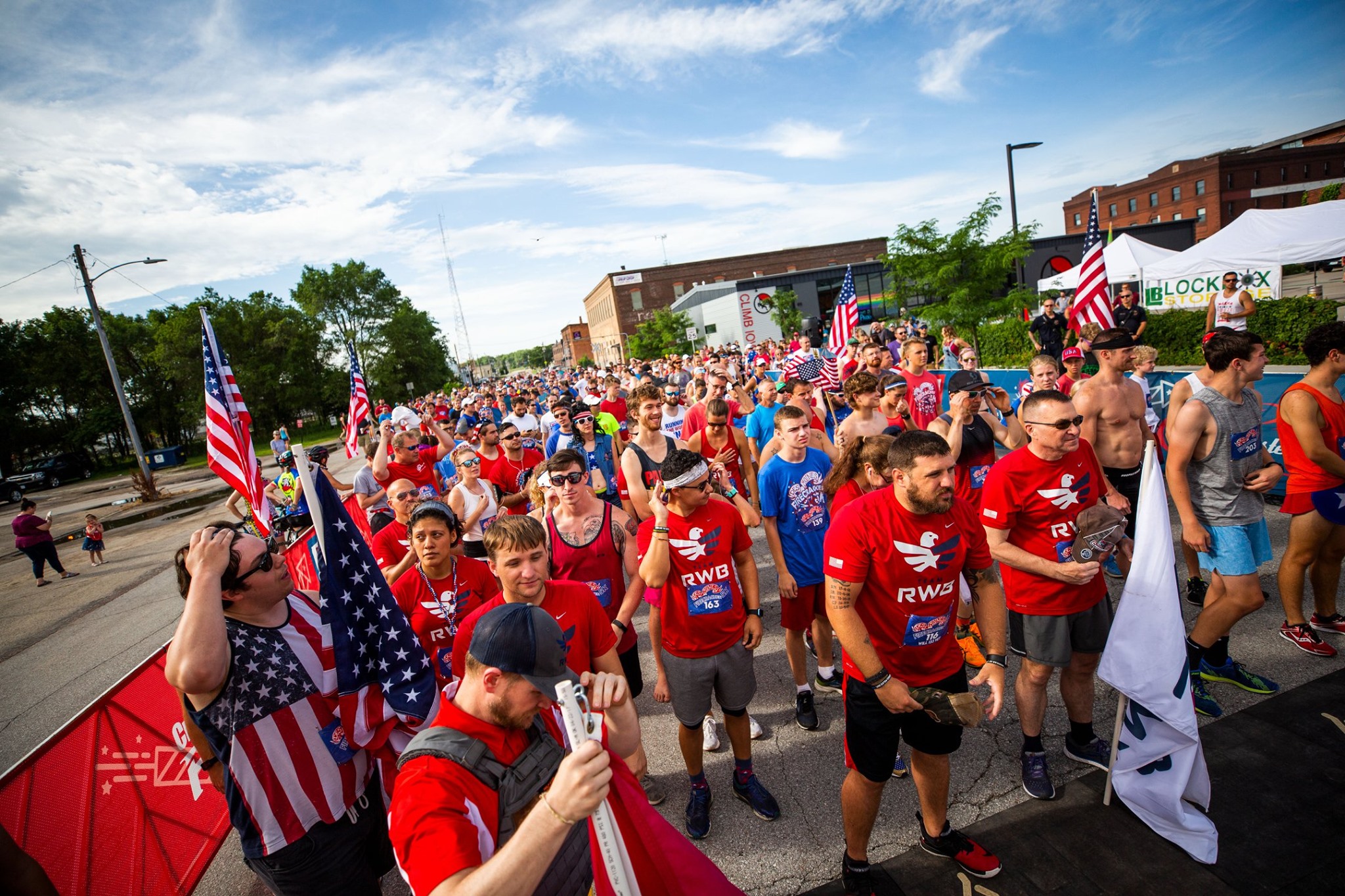
After I finished riding RAGBRAI in July, I turned my focus towards the marathon. As much as I wanted to do the full marathon barefoot, I settled on using my sandals. I didn't want to risk anything. I upped my weekly mileage to around 35. The race snuck up on me quickly. I was stressing that I wasn't prepared enough. I kept telling myself to just focus on finishing the race, but I couldn't help thinking about getting a good time. I figured my best possible scenario was around a 3:30:00.
Training log 2019
| Month | Miles |
|---|---|
| January | 4.95 |
| February | 11 |
| March | 72.13 |
| April | 116.40 |
| May | 110.24 |
| June | 111 |
| July | (500+ bike miles) 61.93 |
| August | 135.69 |
| September | 124 |
| October | (race month) 66.43 |
The morning of the race came. It was a chilly morning and the forecast called for 50 degree weather that day. It was ideal. I ate a package of energy goop for breakfast, and took off at an eight minute pace. I was having a great time cruising along until about mile 22. Every muscle in my legs started screaming at me that it was time to stop. I pushed on and my pace started to suffer. It was awful. I just wanted to be done. The last mile was the hardest. I was so close!
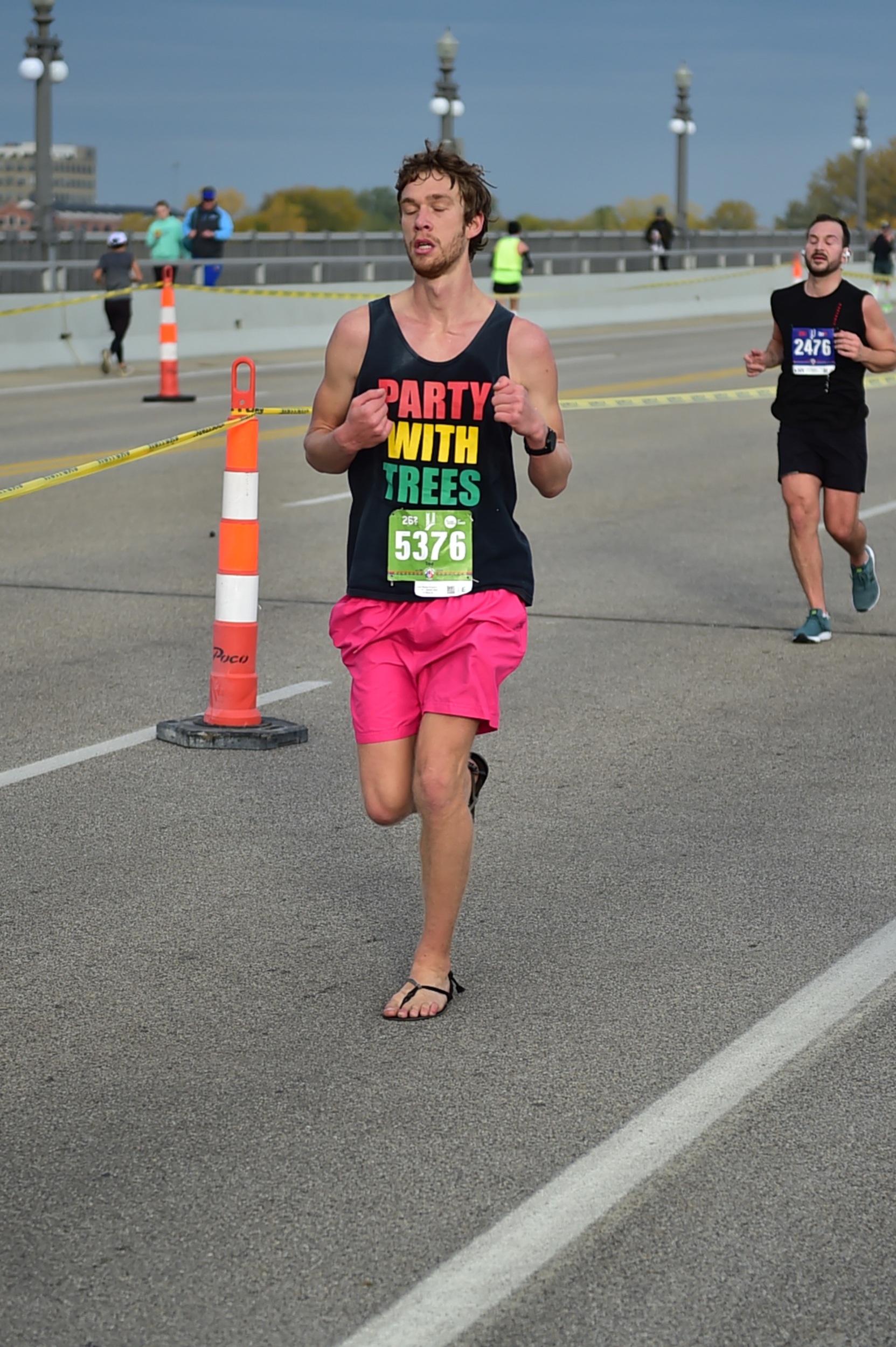
Crossing the finish line was extremely emotional. The pain coupled with the satisfaction of a year of training paying off washed over me in a wave. All I could do was cry a little bit before sitting down on the sidewalk. I found that I couldn't get back up. My legs were finished. I was happy with the results:
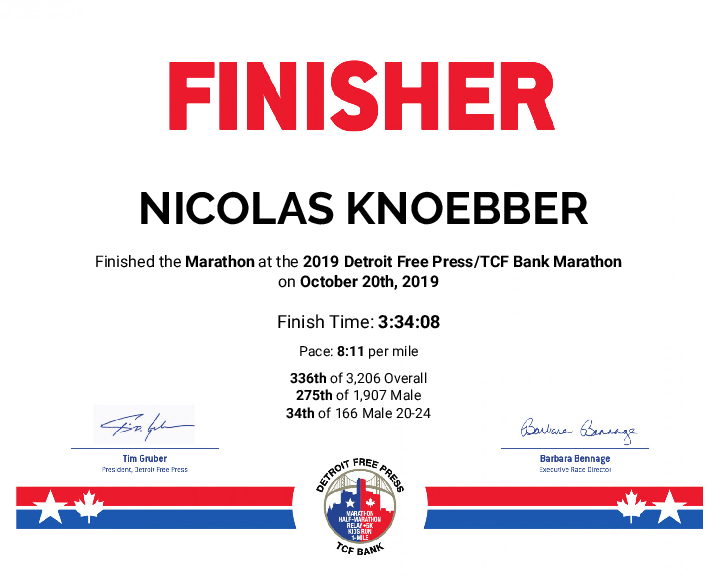
I took two weeks off after that before entering my last race of the
season - the Hill Billy Hike half marathon. It was thirty degrees
that morning. The trail was icy and I kept slipping in my sandals. I
clocked in at 1:33:06 - a 7:06 pace.
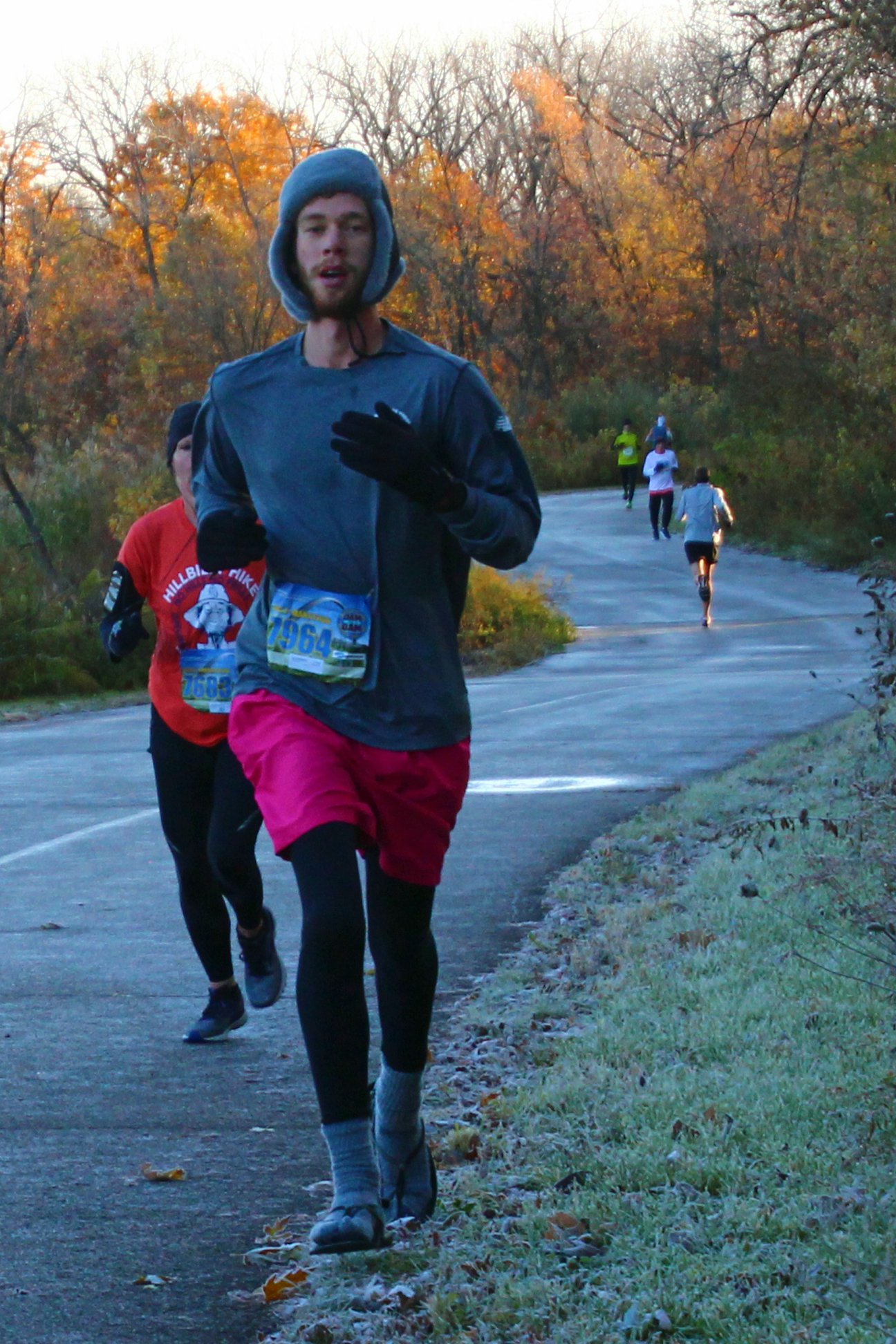
Overall I'm happy with the improvement I made in a year. Running minimally was a good tool to improve my form, but other than that I think footwear is a small factor in my performance. Miles and quality of training seems to make a much bigger impact. I believe that I would have achieved similar results regardless of what shoes I was wearing. Next season I may buy some fancy shoes and see what it does to my times as an experiment.
